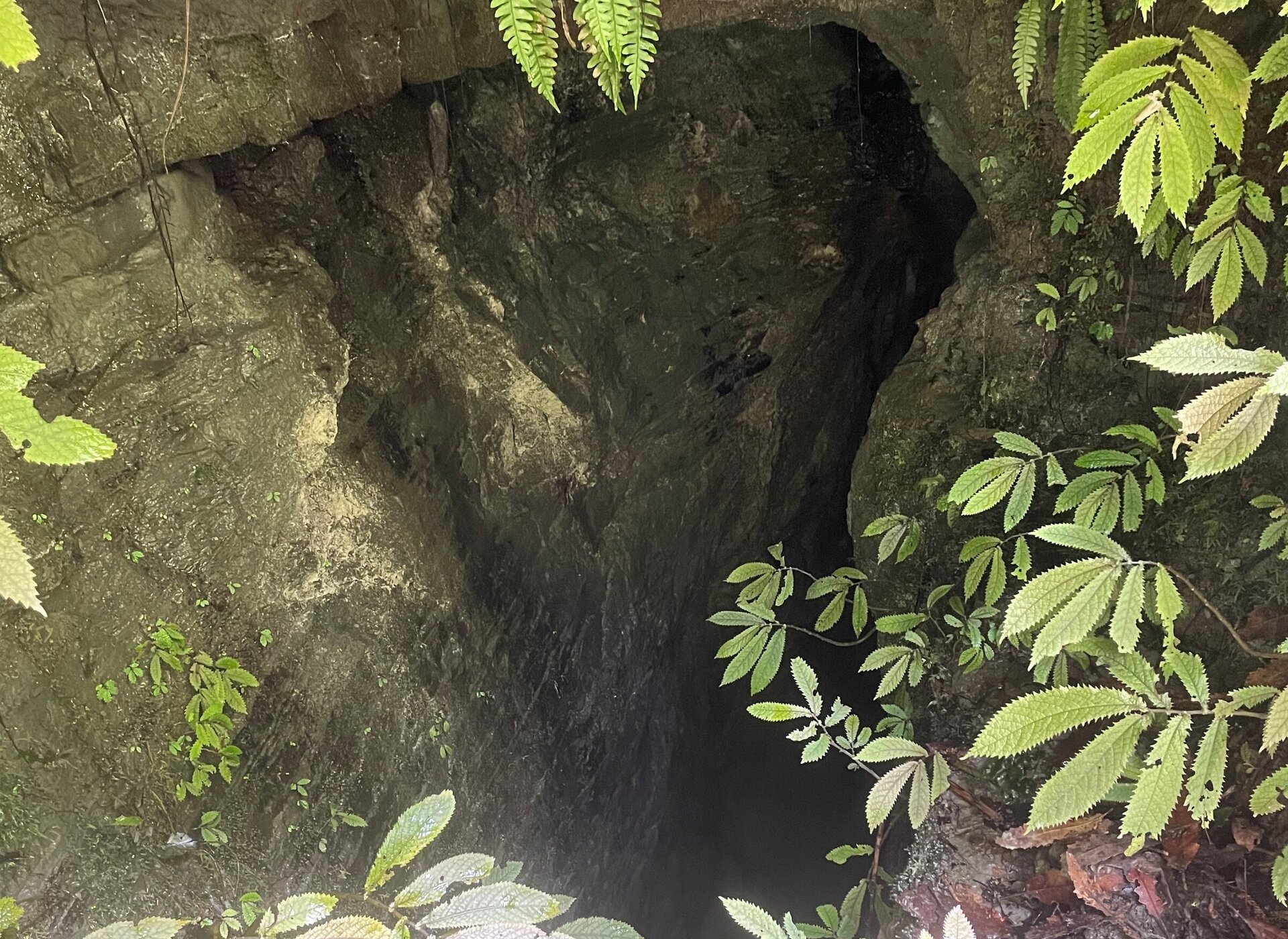Papa Rock Geology - valley creating.
Papatūānuku, Mother Earth and her bedrock gift
The Whanganui valleys the trails pass through are characterised by unique features created from "Papa" rock. Papa rock is a uniquely New Zealand term used to describe the widespread soft, blue-grey mudstone or muddy sandstone matrix classified as soft sedimentary rock. (Deriving from Papatūānuku, Mother Earth in Te Reo). This contrasts with the more solid volcanic rock formations found closer to the central plateau.
Although the word papa is of Māori derivation, by the mid-19th century it was being used by Pākehā writers referring generally to mudstone, and in 1905 it was nicely summed up: ‘The Papa Rock, of which many of the cliffs in the bush country of New Zealand are formed, is really a very hard, blue clay … It lies in distinct strata, and when the wet penetrates to the one beneath, the surface of this latter becomes as slippery as glass’
This soft mudstone was naturally carved out over time by water runoff, forming the steep valleys of the area. These geological substrates from which the surrounding sedimentary rocks are made, provided both opportunities and difficulties when building roads through the isolated valleys such as the Mangapurua, Kaiwhakauka and Whanganui River Valleys.
Towering Bluffs - always on the move
The very nature of the relatively soft rock means that the bluffs that feature prominently in our valleys are always moving and reshaping. The constant action of being wet and dry, with the commensurate expansion and contraction mena they act in a similar way to a sponge or a piece of wood left outside, eventually they crack and split...just a bit at a time. Sometimes, the layers of mudstone catch water between them which is why we see sheets or slabs slide off from time to time.
The constant small rock falls along our trails are known as fritter, and are kept maintained. However, after severe weather events (either excess rain or very hot dry conditions) the land can become less stable and bigger rock falls occur as a result. (Hence the reason we will at times close some sections of the trail for the safety of all trail users temporarily)
Papa Drives - a Unique Solution
At the time of road building in the 1920s, the valleys were very isolated and impassable for large or heavy loads. Substantial culverts could not be brought in, and there were often practical difficulties with bridge building using the local materials.
At many sites such as this one, practical alternatives were considered - such as Papa Drives - where a tunnel was carved into the surrounding papa rock by hand tools to create an alternative route for the stream. Once the tunnel was complete, the existing stream valley was infilled with material to form a road, with the existing stream diverted through the tunnel.
In places you can still see where the worker candles and lanterns were placed as work was carried out, on occasion leaving soot traces on the walls or roof of the papa drive. Another use of these "tunnels" was as natural cold storage for meat and produce etc.
These engineering initiatives are still doing their job in many places along our trails today - stop and take the time to investigate and marvel at the hard graft and inventiveness of our forebears.






